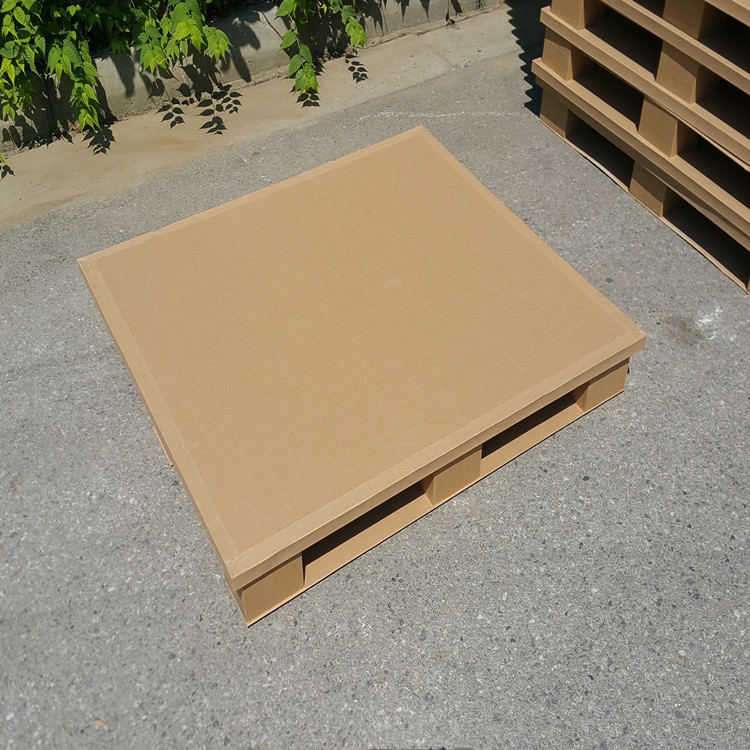Pallets and
Slip Sheets are both commonly used materials in the world of logistics and shipping for handling and transporting goods. However, they have distinct differences in terms of design, functionality, and use. Here's a comparison of pallets and slip sheets:
1. Design and Structure:
Pallets: Pallets are typically wooden or plastic platforms with both top and bottom deck boards and are often reinforced with stringers or blocks. They have a solid and rigid structure with openings for forklifts and pallet jacks to slide underneath.
Slip Sheets: Slip sheets, on the other hand, are thin, flat sheets made of materials like corrugated fiberboard, plastic, or paperboard. They are much thinner and flexible compared to pallets.
2. Functionality:
Pallets: Pallets provide a stable and elevated platform for goods to be placed on. They are capable of holding heavy loads and are ideal for stacking goods. Pallets also provide better support for fragile or irregularly shaped items.
Slip Sheets: Slip sheets are primarily used for unitized loads and are designed to replace pallets in certain situations. They are placed beneath the goods and act as a low-friction base, allowing them to slide easily. Slip sheets are suitable for items that can be pushed or pulled off the
Slip Sheet.
3. Handling:
Pallets: Pallets require specialized equipment such as forklifts or pallet jacks for handling. These machines lift the entire pallet, including the goods, and move them.
Slip Sheets: Handling slip sheets often involves the use of a push-pull attachment on a forklift. This attachment clamps onto the slip sheet, allowing it to be pushed into or pulled out of the load, effectively replacing the need for lifting the entire load with a pallet.

4. Space Efficiency:
Pallets: Pallets can take up more space compared to slip sheets because of their solid structure. They require storage space when not in use.
Slip Sheets: Slip sheets are space-efficient as they are much thinner and can be stored flat when not in use.
5. Cost:
Pallets: Pallets can be more expensive to purchase and maintain due to their robust construction. However, they are durable and can be reused many times.
Slip Sheets: Slip sheets are typically more cost-effective than pallets and are disposable. They are cheaper to produce but may not be as durable.
6.Environmental Impact:
Pallets: Wooden pallets are often made from sustainable sources and can be recycled or repaired. However, they require more resources to manufacture.
Slip Sheets: Slip sheets made from recyclable materials, like corrugated fiberboard, are considered more environmentally friendly. They produce less waste and can be recycled after use.
7. International Shipping:
Pallets: Pallets are more commonly used in international shipping due to their widespread acceptance and compatibility with various handling equipment worldwide.
Slip Sheets: While slip sheets are used in international shipping, they may require specific handling equipment and may not be as universally accepted as pallets.
In conclusion, the choice between pallets and slip sheets depends on factors such as the type of goods being transported, handling equipment available, cost considerations, and environmental impact. Both have their advantages and are used in various logistics and supply chain applications to optimize the movement of goods.







